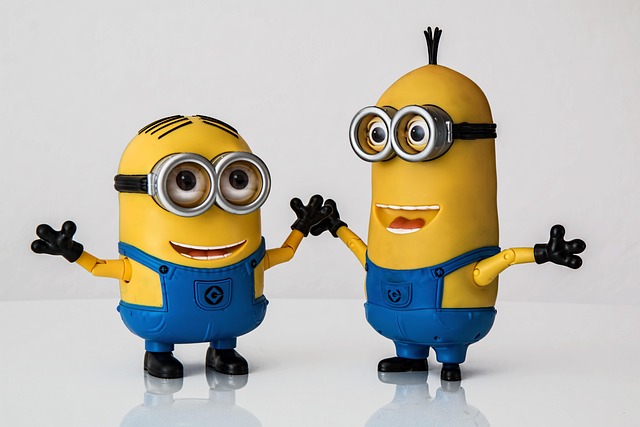
The Evolution of Children’s Films: A Reflection of Modern Entertainment and Culture
As we journey through the decades, one genre of cinema that has consistently captivated audiences of all ages is the children’s film. These enchanting stories, often adorned with vibrant animation and endearing characters, serve not only as entertainment but as a mirror reflecting the evolving landscape of modern culture and entertainment.
In the early days of film, children’s stories were mostly adaptations of classic fairy tales and folklore. Disney’s advent with movies like Snow White and the Seven Dwarfs opened the floodgates to a world where imagination reigned supreme. These earlier films often emphasized traditional values and moral lessons, providing a comforting familiarity to young audiences. As society began to shift, so did the narratives portrayed on screen.
Fast forward to the 21st century, and the children’s film genre witnessed a remarkable transformation. Modern entertainment brings forth a more diverse range of stories, reflecting the multifaceted experiences of today’s youth. Contemporary films delve deeper into themes of identity, family dynamics, and the challenges of growing up, allowing children to see themselves represented in ways they never have before.
Consider films like Inside Out or Moana. These stories embrace complex emotional realities, inviting young audiences to not only enjoy but also engage in meaningful conversations about feelings, cultural heritage, and self-acceptance. The evolution of animation technology has also played a critical role, bringing these narratives to life with breathtaking visuals that leave both children and adults in awe.
Culture, too, has a profound influence on the stories told within the realm of children’s cinema. As global connectivity has increased, we’ve seen a surge in multicultural narratives that celebrate diversity. Films from various cultural backgrounds are now embraced in mainstream cinema, allowing children worldwide to experience stories that resonate with their heritage. This cultural exchange enriches the animation landscape and fosters empathy among young viewers, teaching them the importance of inclusion and understanding.
Moreover, the intersection of technology and entertainment has birthed new formats for children’s films. With the growth of streaming platforms, access to a myriad of animated tales has never been more attainable. Kids can now binge-watch entire series featuring their favorite characters, transforming the traditional viewing experience into an interactive journey that fuels their imaginations and adaptability.
In this age of rapid technological advancement and changing social values, the children’s film genre serves as an essential tool for shaping young minds. It’s not just about entertainment; it plays a crucial role in educating, empowering, and connecting children with the world around them. As we reflect on the evolution of children’s films, we cannot underestimate their impact in molding a generation that is not only aware of their stories but also inspired to share their narratives with the world.



